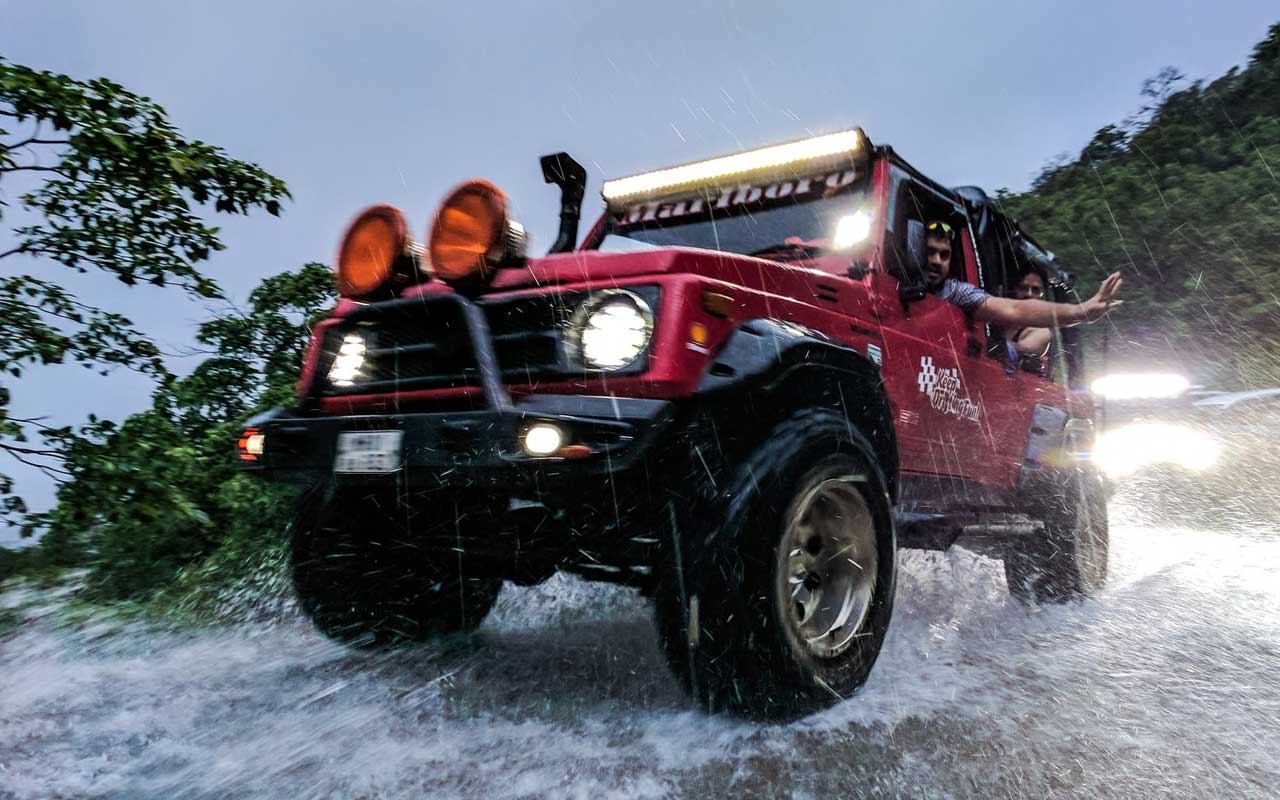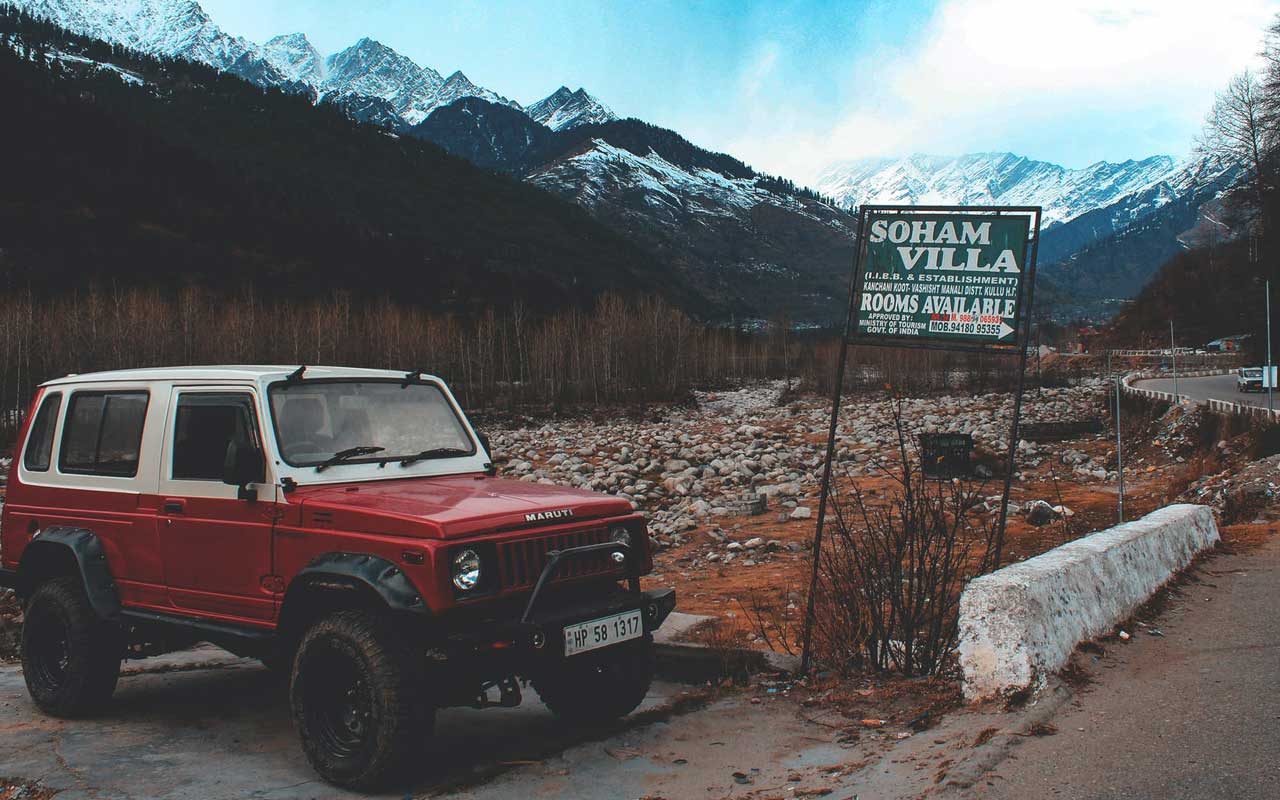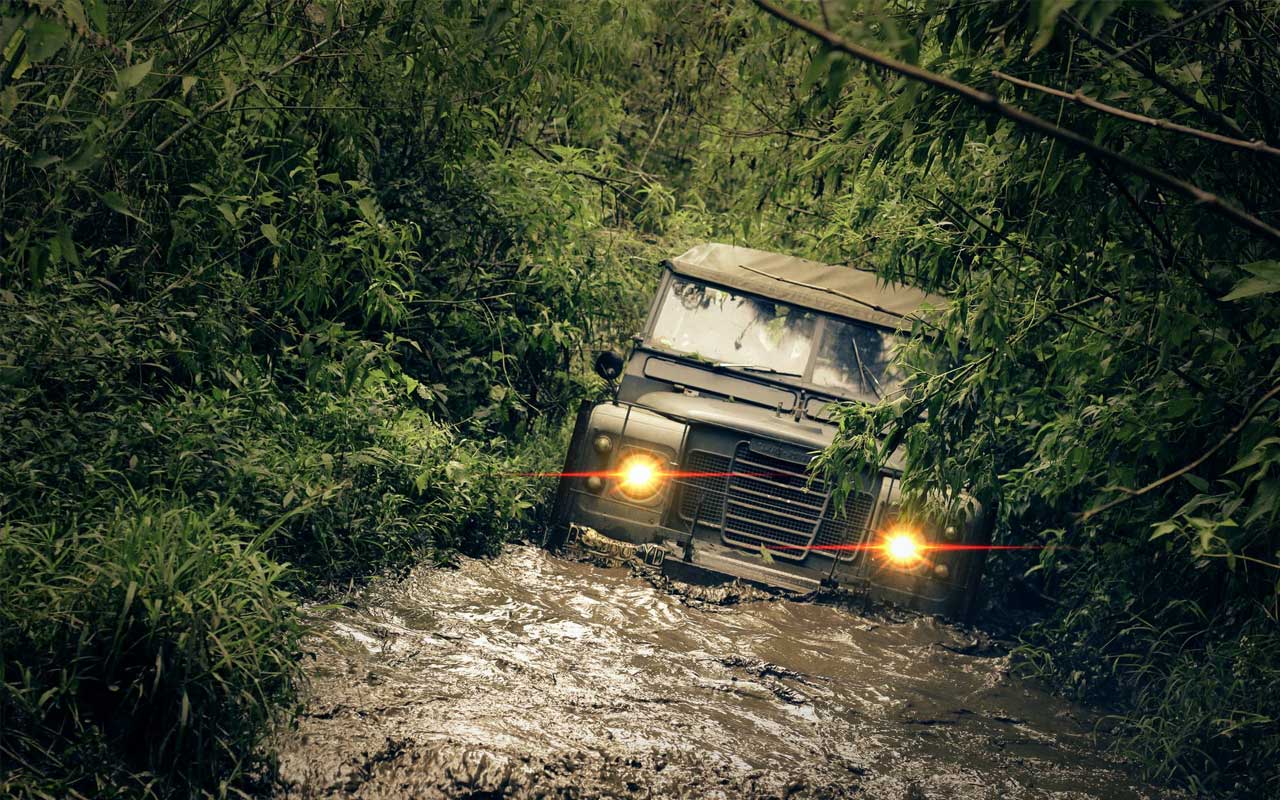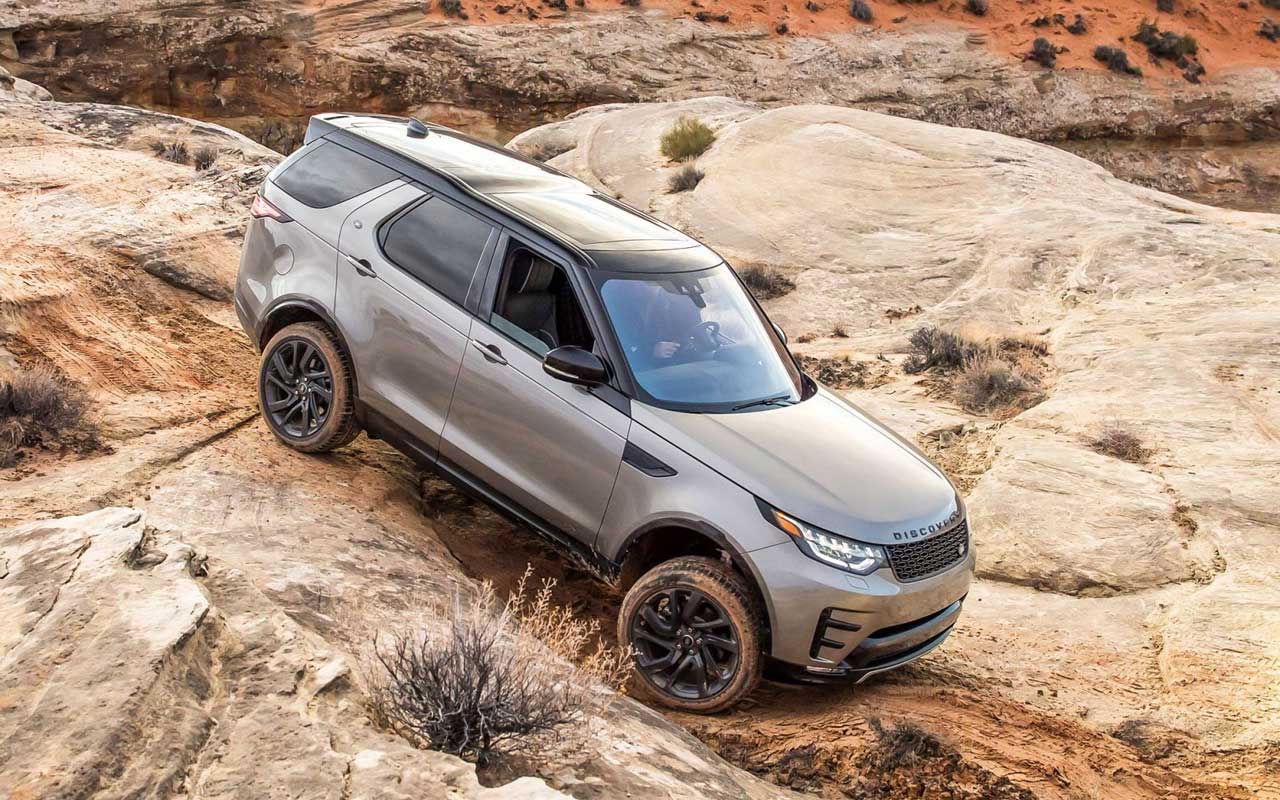Modern-day vehicles that are meant for tough terrain have all the answers to any doubts you might have about them. If you are a newbie who’s got a four-wheel-drive SUV under the seat, then there are certain things you need to keep in mind and not be too overconfident taking your beast on a misadventure.
Before heading for territory unknown, you should do the homework and make sure you know what you’re doing with your powerful ride. So, here are some mindful basics that need to be considered as a beginner to keep yourself and your four-wheel-drive safe.
Do you know your machine?

Knowing every inch of your four-wheel-drive is very important to ascertain its capabilities and every inch of the body. You need to identify the lowest point of the vehicle along with the approach and departure angle, wading depth and the official ground clearance figures.
You need to be aware of the driving modes your SUV is capable of. Most of the modern ones have the normal 2WD mode for usual driving conditions that aren’t that challenging, then there is the low-range 4WD for low-speed and dicey grip conditions (like when driving in slush) and the high-range 4WD mode for the toughest terrains that demand traction and grip.
Need for Speed doesn’t work

While you might be tempted to take your capable 4×4 for a spin at more than desired speed, you should refrain from doing it. According to off-road pros, the slower you go, the easier it is to bring home your vehicle without any damage. Pushing the pedal down can make things go south as off-road trails always have unexpected obstacles on course.
Going fast will affect your reflexes in case you need to hit the break or evade a sharp rock under the muddy terrain. Moreover going fast off-roading won’t shave off your travel time since the terrain is eventually going to slow you down. If you land in trouble off-roading trails have less probability of help arriving in time.
Preparation is the key

Off-roading is a serious business and you need to be well prepared for any adversities. Things that you need to carry in the boot of your 4×4 include shovel, water, starter kit, tire recovery gear, snatch, straps, tracks and winch cable. Planning your route well in advance is important – getting carried away with the power and tech under your command can be tricky, so you should always stick to the plan and not make any abrupt de-tours.
Knowing the terrain for your off-roading escapade is advised – whether you are going to encounter sandy, rocky, muddy or slippery conditions. This will help you get prepared to launch the various modes (depending on the brand and vehicle) tailored for particular conditions. Some SUVs come with terrain management system for ultra-stability on the surface where other cars would struggle.
Technical things to keep in mind

You can’t just rely on the fancy technology in your car as a beginner to get you home safe. One thing that is of utmost importance while treading difficult terrain is the right tire pressure levels. The air in your tires should be the lowest for sand around 30 percent of the normal pressure, for mud you need to drop it to around 70 percent and for gravel a little drop to 90 percent of total is sufficient.
This will not only increase tire life but also make other assists work well. Hill descent control is another feature you can use for ascending steep hills on rough terrain. The technology deploys the ABS system to enable individual tire braking for superior control.
Underestimating water

It’s all good in the 4×4 SUV commercials where virtually 70 percent of the car is underwater and it still manages to conquer the odds. That’s a mistake many have made while crossing rivers or easy looking water bodies. Only drive your 4×4 in water if the maximum depth of water is around the vehicle’s wading depth.
As a pro tip, you can fix a snorkel on the front of the vehicle parallel to where the wading depth is. This will give you an idea while driving as to when not to push the limits. Driving slowly at a constant speed is recommended in water to maintain the grip and avoid losing traction.
Solo travel not recommended

As a beginner or even as a pro, taking your 4WD for an adventure alone is highly risky. It always pays-off to have at least one person with you for unknown situations. You will come across situations where you need to use the winch or need some extra push from one side to get your vehicle out of the mud. Relying too much on advanced automotive tech can be problematic, especially when you are a novice driving the vehicle.
While your vehicle is more than ready for the treacherous terrain, it is the driver who needs to be ready for all situations. Being a novice 4WD driver you need to know how to muscle your car around with elegance, rather than exploiting its brute force.




1 Comment
John Landre
U may want to disregard this article….really?
“then there is the low-range 4WD for low-speed and dicey grip conditions (like when driving in slush) and the high-range 4WD mode for the toughest terrains that demand traction and grip…”
Ugh.
Comments are closed.